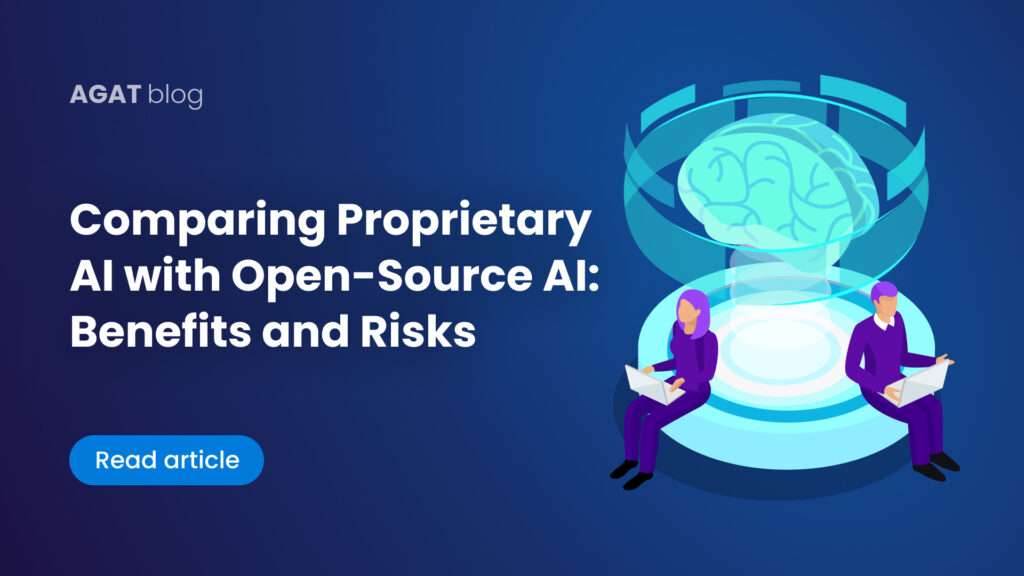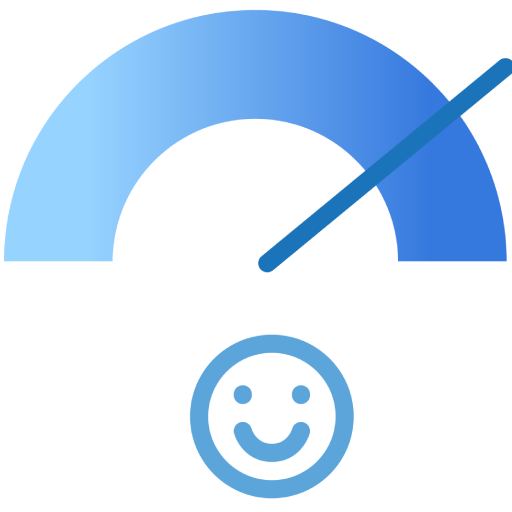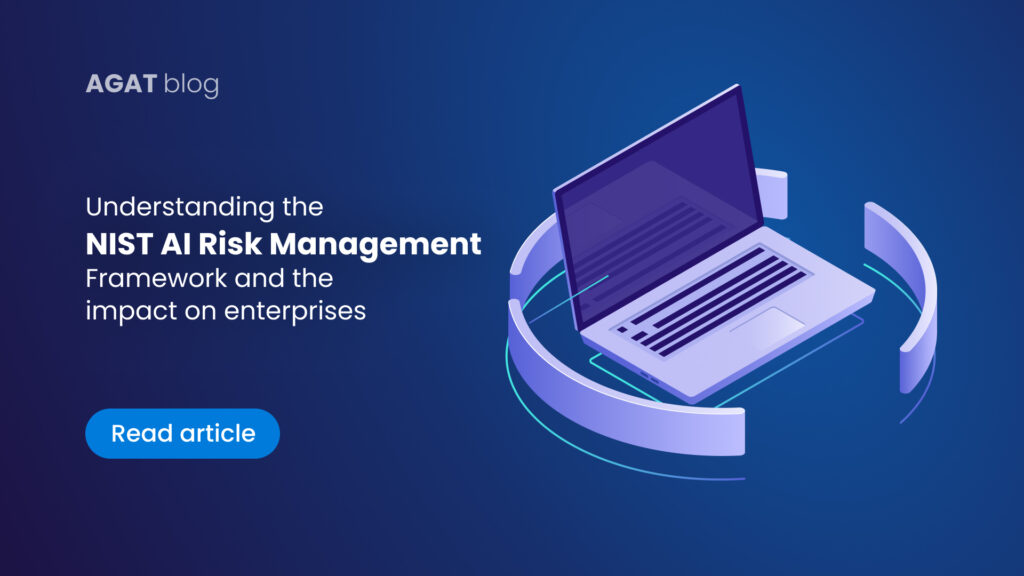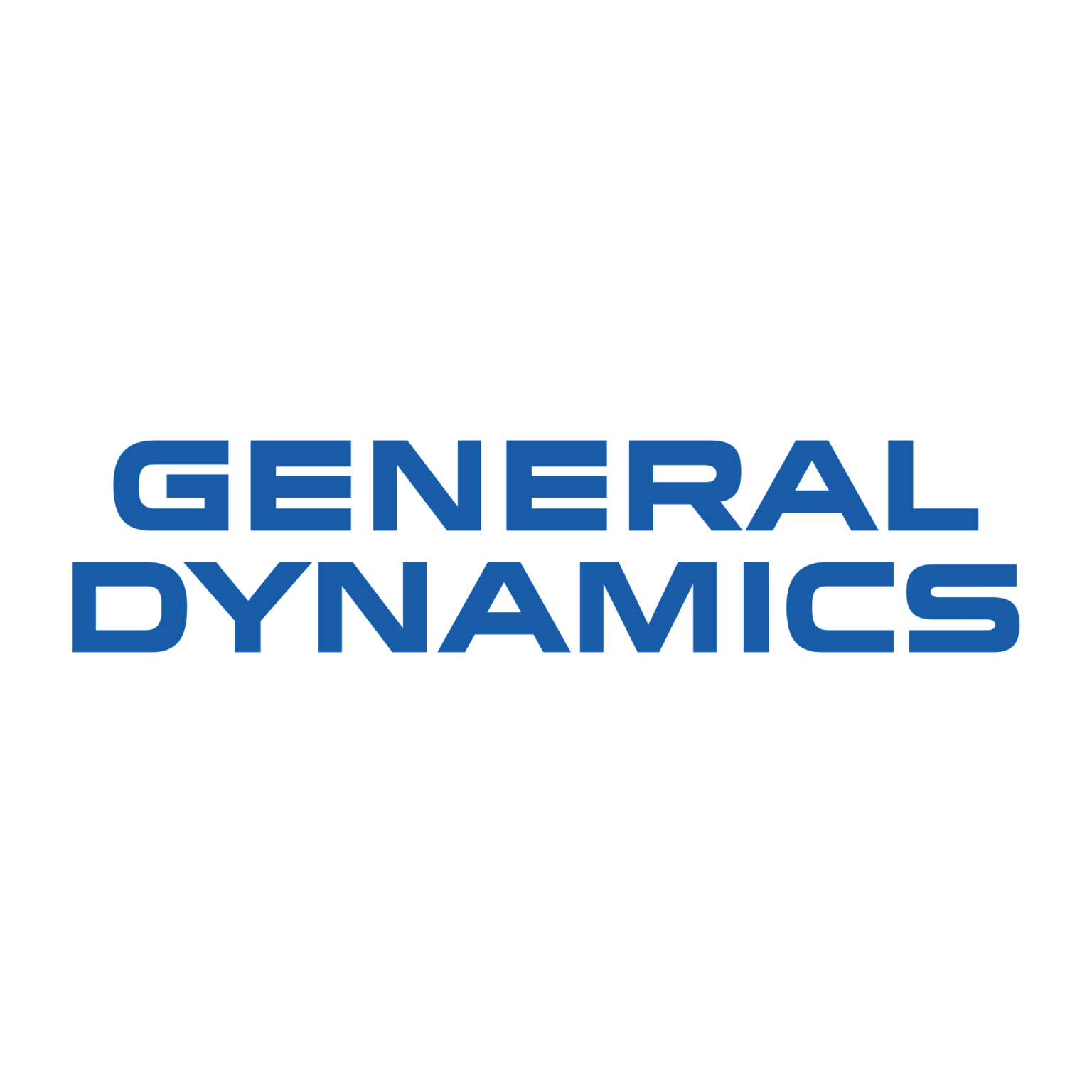
AI, is everywhere these days, from the virtual assistants in our homes to the algorithms recommending Netflix shows. But what exactly are these AI models, the mysterious forces behind the scenes? Buckle up, data enthusiasts, because we are about to dive into the heart of the matter!
AI Models Explained:
In simple terms, an AI model is like a trained detective, sifting through mountains of data to uncover hidden patterns and relationships. It's a complex network of algorithms, designed to learn from examples and make predictions or decisions without human intervention. Think of it as a sophisticated formula that gets better at its job with more data it's exposed to.
Language Models (LMs), especially Large Language Models (LLMs), are artificial intelligence that processes and understands human language. These models are trained on vast amounts of text data to learn the patterns, structure, and context of language. They can perform various tasks related to natural language, such as text generation, translation, summarization, and sentiment analysis.
Now, regarding the difference between proprietary AI and OpenAI:
Benefits of Proprietary AI:
Handling data exposure risks Proprietary AI allows companies to maintain tighter control over sensitive data since the algorithms and models are not openly shared. This reduces the risk of unauthorized access or leakage of proprietary data to competitors or malicious actors.
Ownership: Proprietary AI refers to artificial intelligence systems developed and owned by a specific company or organization. These models and technologies are typically not shared with the public.
Access: Access to proprietary AI is often restricted, and companies may keep their algorithms and models private to maintain a competitive advantage.
Customization: Companies have more control over the development and customization of proprietary AI to suit their specific needs.
Benefits OpenAI:
Collaborative: OpenAI is an organization that aims to promote and develop AI more openly and collaboratively. They release research papers and some of their models to the public, fostering transparency and knowledge-sharing.
Community Involvement: OpenAI encourages collaboration and contributions from the wider AI research and development community, fostering innovation and improvement in AI technologies.
Accessible Research: OpenAI's research is often publicly accessible, allowing others to learn from and build upon their work.
Different Flavors for Different Tasks:
Just like chefs have different tools for different dishes, there are various types of AI models, each suited to specific tasks:
Superheroes of Prediction: Regression models are all-stars at forecasting trends, whether stock prices or customer churn. They crunch numbers and discover hidden correlations, painting a picture of the future.
Masters of Classification: Decision trees and Support Vector Machines are the sorting hats of the AI world, efficiently categorizing data into predefined groups. Think spam filters and image recognition, where machines learn to distinguish a cat from a dog (usually!).
The Language Whisperers: Natural Language Processing models bridge humans and machines, understanding and generating human language with uncanny accuracy. Chatbots, machine translation, and sentiment analysis are just a few of their superpowers.
How Do They Work?
The magic behind AI models lies in a technique called machine learning. Imagine feeding an algorithm tons of examples, like pictures of cats and dogs. It analyzes these examples, identifying key features that differentiate the felines from the canines. Over time, it develops an internal "blueprint" of a cat and a dog, allowing it to accurately classify new pictures it encounters. This learning process can be supervised (think a teacher guiding the student) or unsupervised (the model figures things out on its own!).
Beyond the Hype: Extracting Real Value
AI models are undeniably powerful, but they're just one piece of the puzzle. To truly unlock the value of data, you need a well-oiled machine. This is where BusinessGPT comes in, acting as the conductor of your data orchestra.
Imagine BusinessGPT as the data connector, seamlessly pulling information from all your company's sources: marketing campaigns, customer databases, and sales pipelines. It then orchestrates the AI models, directing them to analyze this consolidated data and generate actionable insights. No more data silos, no more fragmented information. BusinessGPT makes your data sing in unison, empowering you to make informed decisions and drive real business growth.
So, while AI models are the engines propelling the data revolution, remember, it's the connective tissue and holistic approach that turns raw data into real gold. And that's where BusinessGPT shines, ready to help you navigate the exciting world of AI and unlock its true potential for your business.
Ready to join the data-driven future? Let BusinessGPT be your guide!


















